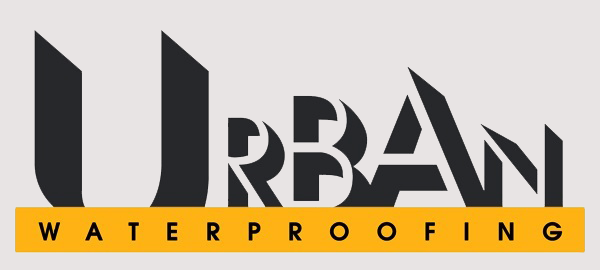Cash Flow vs. Water Flow: Balancing Your Budget Against Leaks
Water leaks; they're more than just a nuisance. They are silent troublemakers that can wreak havoc on your property. While it might be easy to think of a leaky ceiling or wet walls as the only issues, the real cost of a leak goes far beyond what meets the eye. To make sure you're ready to tackle these hidden surprises, we’re sharing with you our insider tips on why they can be so costly, and how staying on top of your waterproofing game can save you from these headaches.
1. Structural Damage:
Water may seem harmless, but when it infiltrates your building unchecked, it can undermine the very core of your property. Cracks in the foundation and deteriorating walls are just the beginning. The costs of repairing such damage can skyrocket, taking a toll on your property's future.
Cost Consequence: Major repairs to the building's structure, including foundation and walls, can run into hundreds of thousands or even millions of dollars.
2. Mold and Mildew Growth:
Mold and mildew might start as just an unsightly spot or a musty smell, but they can quickly spiral into serious health hazards for those within your premises. The cost of removing mold and the potential for legal action due to health issues can be significant, making moisture control a priority.
Cost Consequence: Mold remediation can cost tens to hundreds of thousands of dollars, legal liabilities from tenant health issues can lead to additional expenses.
3. Electrical Damage:
When water seeps into your electrical systems, the risk of shorts and outages isn't just inconvenient—it's dangerous. The cost of repairing or replacing these systems can be substantial, not to mention the potential revenue lost during unexpected downtimes.
Cost Consequence: Electrical repairs can command a hefty sum, compounded by the potential loss of business operations and income.
4. Tenant Satisfaction and Retention:
Water leaks are a surefire way to dampen tenant morale, leading to dissatisfaction and, ultimately, turnover. Biotech labs and hospitals require strict control of their environments and cannot have contamination via exterior deficiencies. This can lead to the loss of lab samples or damaged equipment from water damage. Tenants can also have problems with pests or insects, or sometimes even pollution and odors entering the building through failed or missing sealants. By addressing waterproofing concerns promptly, you maintain a harmonious environment that encourages tenants to renew their leases, saving you from the hidden costs of tenant acquisition.
Cost Consequence: Tenant turnover has its costs, from marketing to the potential loss of rental income, making tenant satisfaction an investment worth making.
5. Legal Liabilities:
The impact of water leaks can extend beyond your property lines, potentially leading to legal disputes with tenants or neighbors. These situations can incur not only significant legal fees but also compensation payments.
Cost Consequence: The legal implications of water damage can lead to sizable settlements or judgments, adding an avoidable burden to your financial responsibilities.
Proactive Protection: The Waterproofing Game Plan
The true cost of a leak extends beyond the drip, becoming a financial flood if left unaddressed. Prevention is your most powerful tool. A comprehensive waterproofing plan is not just about fixing problems—it's about avoiding them in the first place.
Through routine inspections, dedicated maintenance, and the implementation of robust waterproofing practices, you can steer clear of the extensive costs associated with water damage. So, take the proactive path—invest in waterproofing now and anchor your property's safety and your financial peace of mind for the future.
